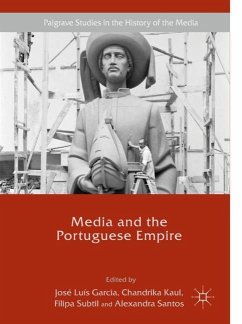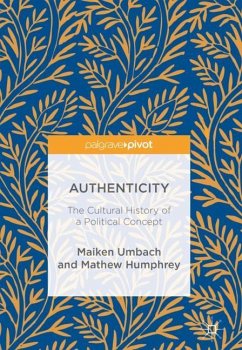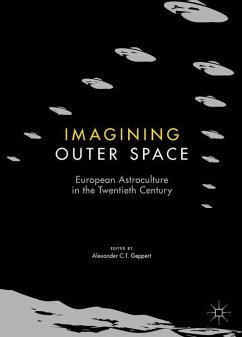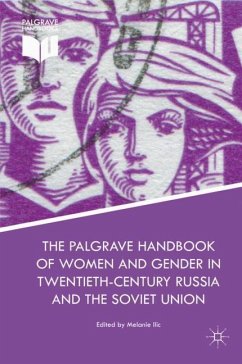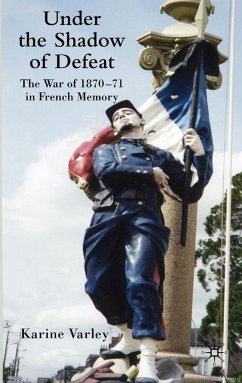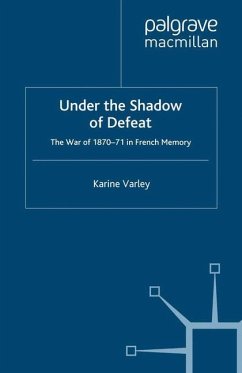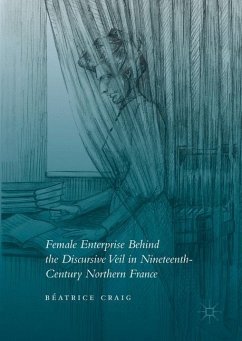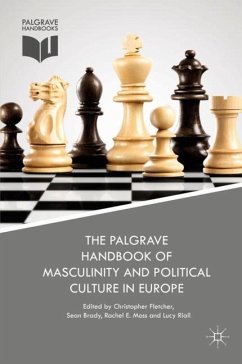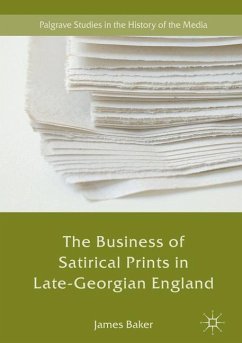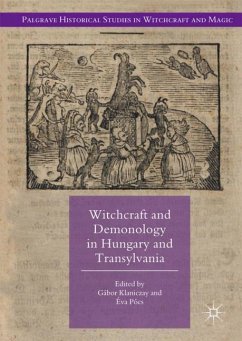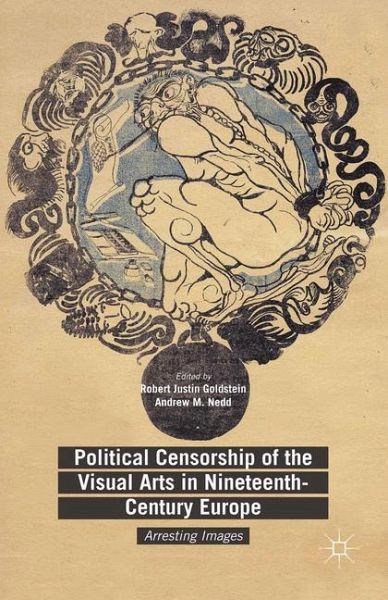
Political Censorship of the Visual Arts in Nineteenth-Century Europe
Arresting Images
Herausgegeben: Goldstein, Robert Justin; Nedd, Andrew M.; Shiman, Lillian Lewis

PAYBACK Punkte
19 °P sammeln!
In this comprehensive account of censorship of the visual arts in nineteenth-century Europe, when imagery was accessible to the illiterate in ways that print was not, specialists in the history of the major European countries trace the use of censorship by the authorities to implement their fears of the visual arts, from caricature to cinema.





